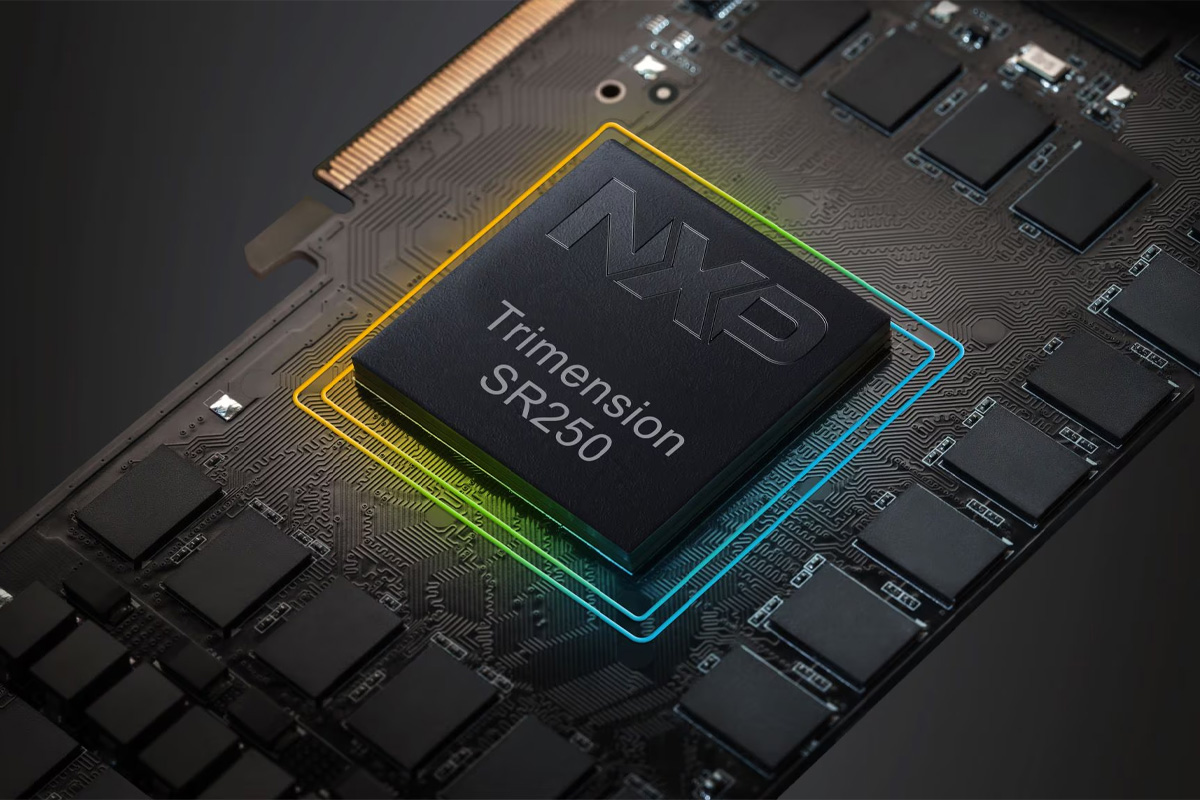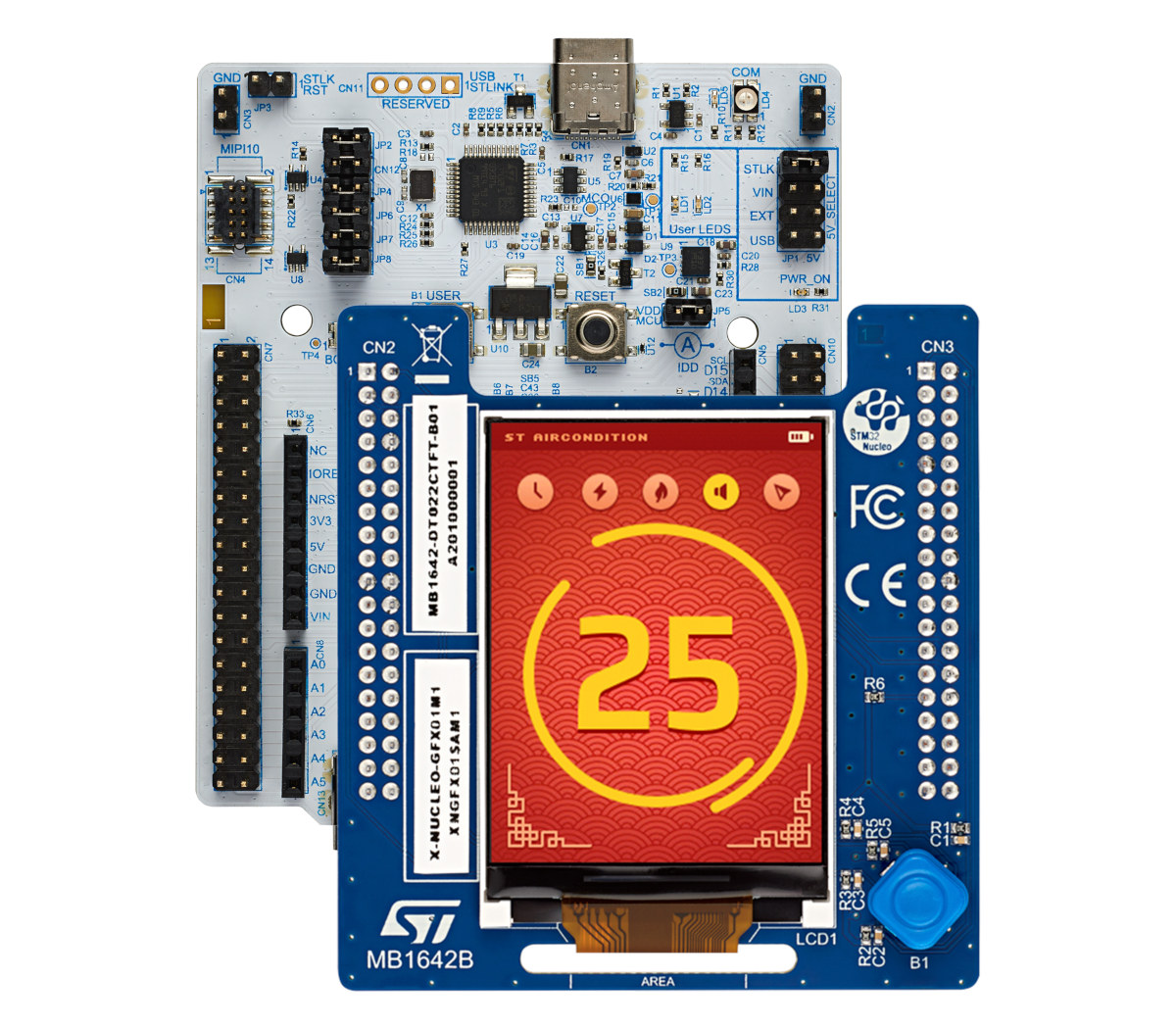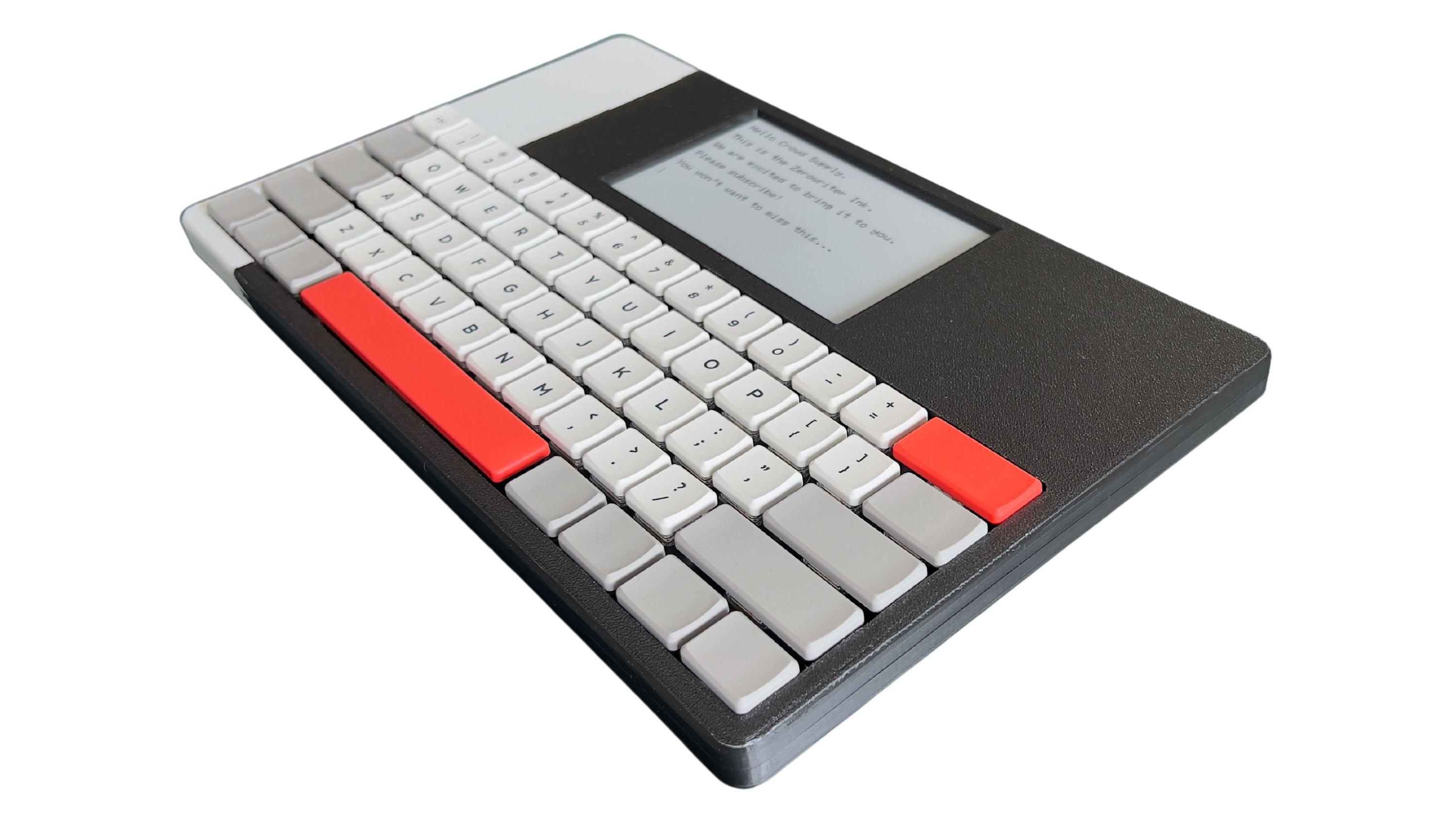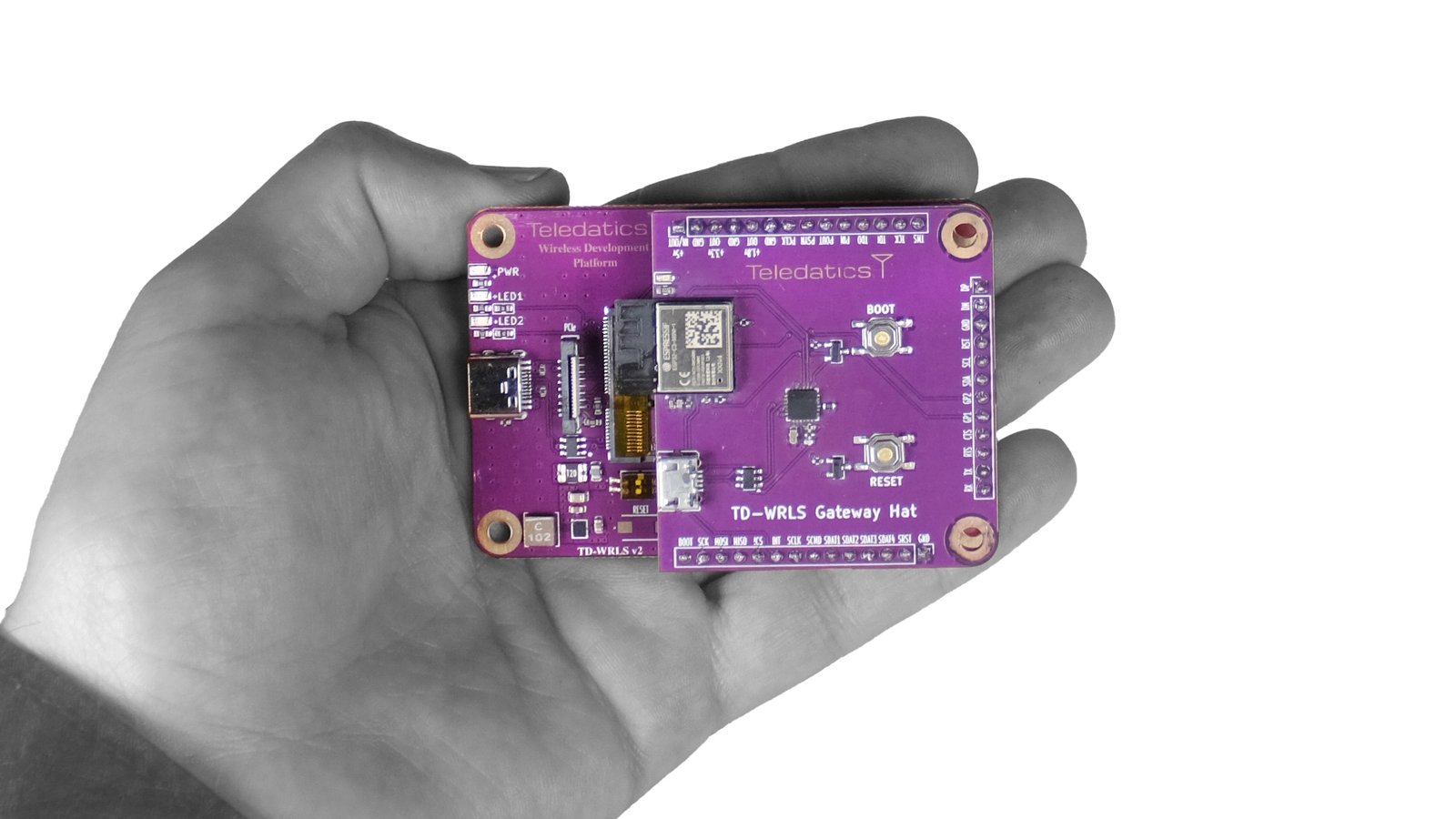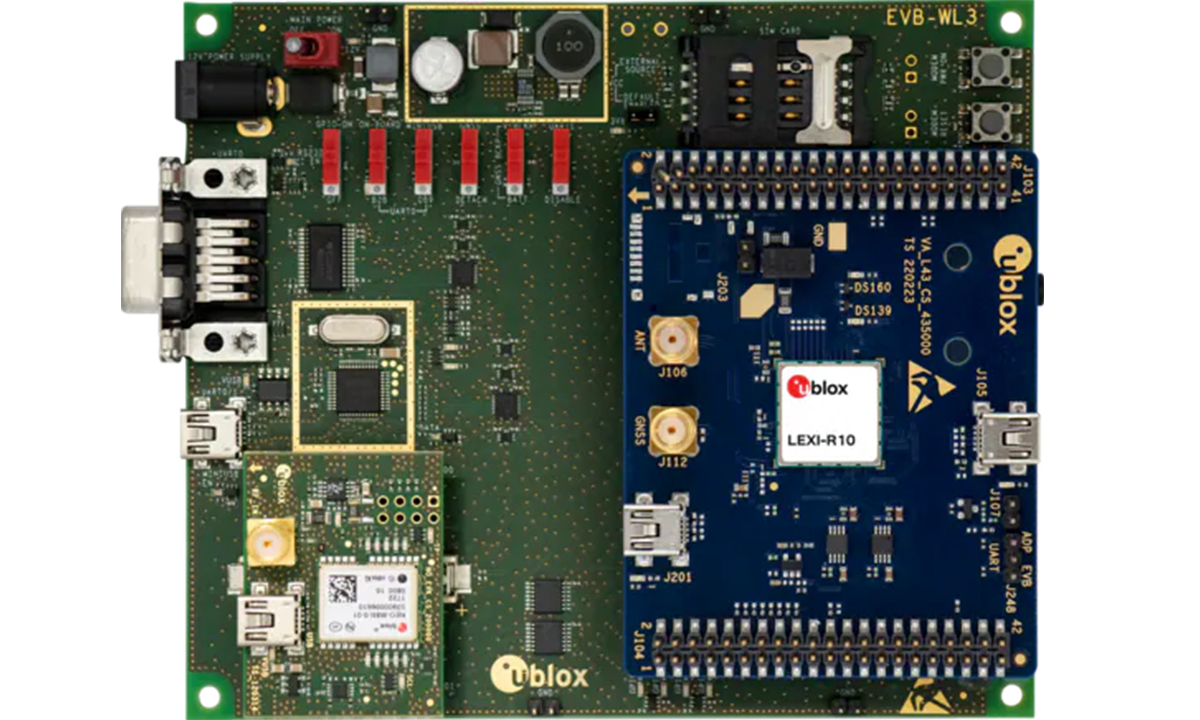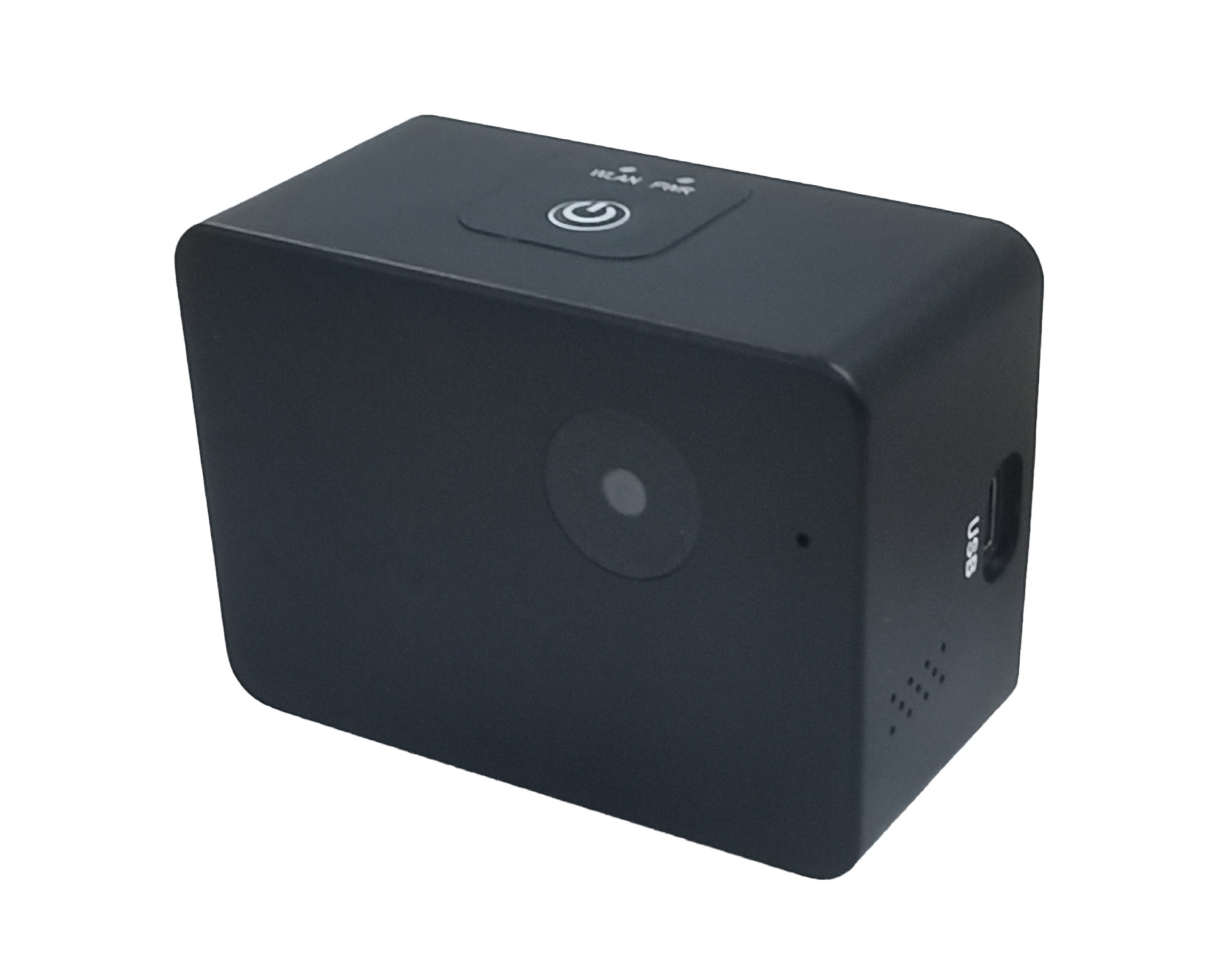NXP Semiconductors has recently introduced Trimension SR250 UWB radar, which NXP is calling the industry’s first single-chip solution that combines on-chip processing with short-range ultra-wideband (UWB) radar and secure UWB ranging. Operating at 6-8.5 GHz, the SR250 supports features like 3D angle-of-arrival (AoA), time difference of arrival (TDOA), and time of flight (ToF) measurements accurate to within ±5 cm. The integrated on-chip radar processing reduces power consumption, which increases efficiency and it can work with AI/ML algorithms on host processors like NXP’s i.MX, RW61x, and MCX families. The SR250 is supported by firmware, middleware, and sample applications, simplifying development and deployment. Applications for this device include smart home automation (e.g., turning devices on/off based on presence), secure access, and safety monitoring, as well as industrial uses such as worker tracking, collision avoidance, and danger zone detection. Trimension SR250 UWB radar specification 3D secure ranging Fully interoperable with IEEE 802.15.4z HRP […]
STMicro STM32C071 Arm Cortex-M0+ MCU adds USB FS interface, targets inexpensive GUI implementations
STMicro has just announced the availability of the STM32C071 Arm Cortex-M0+ microcontroller part of the STM32C0 series with 128 KB of flash and 24 KB of RAM suitable for driving a small 320 x 240 display using an SPI interface and building affordable graphical user interfaces (GUI) for appliances. The microcontroller also adds a crystal-less USB FS device interface, additional SPI and I2C interfaces, and extra GPIOs (up to 61) all of which are 5V tolerant. For evaluation and quickly get started with firmware development, STMicro also offers the NUCLEO-C071RB development board and X-NUCLEO-GFX01M2 display expansion board. STM32C071 low-cost Cortex-M0+ MCU for GUI in appliances STM32C071 specifications: MCU Core -Arm 32-bit Cortex-M0+ CPU @ up to 48 MHz Memory – Up to 24KB SRAM with HW parity check Storage – Up to 128KB flash with protection and securable area Peripheral interfaces Up to 61x fast I/Os, all 5V tolerant 5-channel […]
Zerowriter Ink is an open-source, ESP32-S3-based e-paper word processor (Crowdfunding)
Zerowriter Ink is an e-paper word processor for writers interested in an open-source, distraction-free writing tool built around the ESP32-S3 wireless microcontroller. It features a customizable, mechanical keyboard with low-profile Kailh Choc switches and a second-edition Inkplate 5 e-paper display from Soldered Electronics. The Zerowriter Ink is a compact, dedicated writing tool that can be tossed in a backpack and taken on the road. It is designed as an open-source, customizable alternative to other portable word processors like the Alphasmart Neo and the Pomera DM30. It builds on the first ZeroWriter project but comes fully assembled. The keyboard is hot-swappable, with a US-English layout and printed legends. The onboard Inkplate 5 e-paper display is powered by an ESP32-S3 microcontroller with support for Wi-Fi 4 and BLE 4. It also comes with a 5,000mAh LiPo battery that can last for several weeks of daily use or a month of standby on […]
Teledatics HaloMax Wi-Fi HaLow LGA or M.2 module supports over 1000 clients, have been tested at a 100+km range (Crowdfunding)
Teledatics has launched a crowdfunding campaign for the TD-HALOM HaloMax Wi-Fi HaLow module available in LGA and M.2 form factors for long-range and low-power connectivity, as well as HaLow development boards based on the module and various daughterboards for expansion. The wireless module, powered by Newracom’s NRC7394 SoC, is the product of a collaboration between Newracom and Teledatics. According to Zac Freeman, VP of Marketing & Sales at Newracom, the HaloMax module is “the highest output power Wi-Fi HaLow module available on the market. The Teledatics TD-HALOM module transmits at the highest allowable FCC power output and offers a Maximum Range HaLow solution.” Earlier this year, Teledatics broke the record for the longest distance for a Wi-Fi HaLow connection using the HaloMax wireless module and TE Connectivity Yagi antennas. Two Raspberry Pi 4 Model B units were able to communicate over a distance of 106km between Mount Greylock and Mount […]
u-blox EVK-LEXI-R10 evaluation kits feature LEXI-R10 LTE Cat 1bis and MAX-M10S GNSS modules for Cellular IoT and GPS connectivity
u-blox has developed the EVK-LEXI-R10 evaluation kits to help engineers test and evaluate their LEXI-R10 LTE Cat 1bis cellular modules. These compact modules support data speeds of up to 10Mbit/s for downloads and 5Mbit/s for uploads, all while using very little power. They also include built-in Wi-Fi to scan indoor hotspots and work with u-blox’s CellLocate service for both indoor and outdoor tracking. Available in regional variants, the boards and kits are certified by major mobile operators, including those in the US. The LEXI-R10 series by u-blox features the world’s smallest LTE Cat 1bis modules in the LEXI LGA form factor. The EVK-R10 kits simplify the evaluation of these multi-band LTE Cat 1bis modules. The EVK-R10401D kit supports the LEXI-R10401D module for North American operations, the EVK-R10801D kit supports the LEXI-R10801D module for Europe, Middle East, Africa, and Asia-Pacific, and the EVK-LEXI-R10001D kit supports the LEXI-R10001D module with global coverage. […]
Bluetooth 6.0 features accurate two-way ranging using Channel Sounding, latency reduction, improved scanning efficiency, and more
The Bluetooth Special Interest Group (SIG) has just announced the release of the Bluetooth 6.0 Core Specification with features and feature enhancements that include Bluetooth Channel Sounding for two-way ranging between BLE devices, decision-based advertising filtering and monitoring advertisers to improve device scanning efficiency, an enhancement to the Isochronous Adaptation Layer (ISOAL) for lower latency and higher reliability, the LL extended feature set, and a frame space update for throughput optimization. Bluetooth 5.4 was released as a minor update mostly adding electronic shelf label (ESL) support in February 2023, or about 18 months ago, but Bluetooth 6.0 is a major update with the most notable feature being Bluetooth Channel Sounding to enable two-way ranging between two Bluetooth LE devices. It’s not the first time we’ve heard about “Bluetooth Channel Sounding” for distance measurements as it was implemented in WiFi 7/6 and Bluetooth 5.4 chipsets such as Synaptics SYN4382 and Broadcom […]
T1000-E Card Tracker is a thin, credit card-sized GPS tracker with Meshtastic support
Seeed Studio has introduced the T1000-E, an updated version of the SenseCAP T1000 Card Tracker, built for Meshtastic. This rugged tracker is compact, about the size of a credit card, making it easy to carry or attach to assets. It uses Semtech LR1110 RF transceiver, Nordic Semi nRF52840 wireless SoC, and MediaTek/Aihora AG3335 GPS module for precise, low-power tracking and communication. With an IP65 rating for dust and water resistance, the T1000-E is ideal for reliable asset tracking. The T1000-E supports LoRa and Bluetooth v5.1 for communication and includes a 3-axis accelerometer, an LED, a buzzer, and a button for operation. It has internal antennas for GNSS, LoRa, Wi-Fi, and BLE communication range of 2 to 5 km, depending on the environment. SenseCAP Card Tracker T1000-E specifications: SoC – Nordic Semiconductor nRF52840 CPU – 32-bit Cortex-M4 core with FPU running at 64 MHz Flash – 1 MB RAM – 256 kB […]
Vantron HCAM26 WiFi HaLow IP camera offers up to 1km range
Vantron HCAM26 is an IP camera based on the company’s VT-MOB-AH-L sub-GHz 802.11ah WiFi HaLow module itself equipped with Morse Micro MM6108 RISC-V SoC and offering up to 1km range and better wall penetration than WiFi security cameras operating at 2.4 GHz or 5GHz frequencies. The Linux camera comes with 1GB RAM and 8GB eMMC flash, features a 5MP (2592 x 1944) camera sensor, supports AI features through a 2.0 TOPS NPU integrated into the main SoC, and is also fitted with a speaker and microphone for two-way audio, and a micro HDMI port to monitor the camera output. A 2,600mAh Li-ion battery powers the camera. Vantron HCAM26 specifications: SoC – Unname, but most likely Rockchip RV1126 CPU – Quad-core Arm Cortex-A7 32-bit vision processor with RISC-V core ISP – 14MP ISP VPU H.265/H.264 codecs Frame rate – 3840 x 2160 @30 fps + 1080p @30 fps encoding supported ; […]


